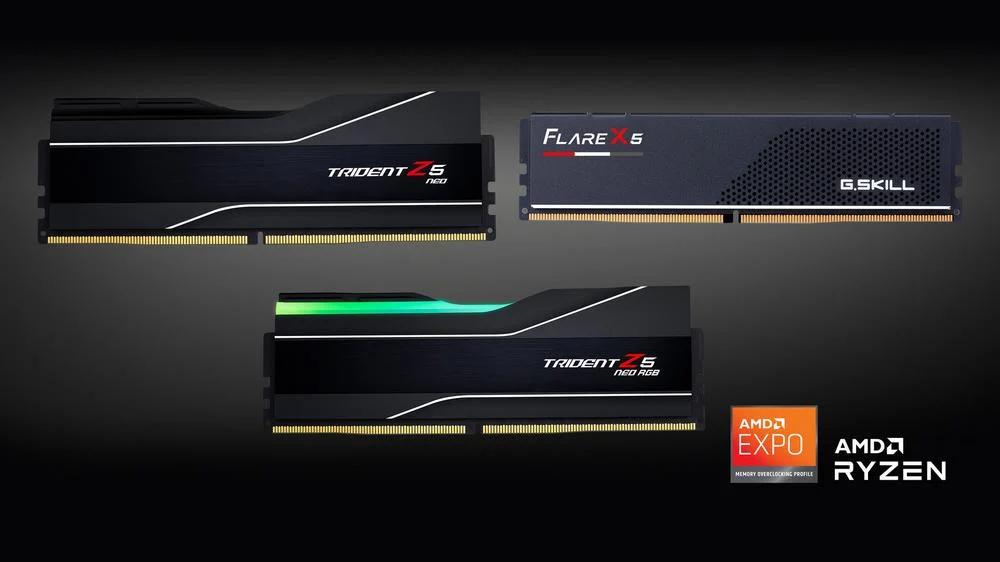About a year ago, Intel introduced its XMP 3.0 overclocking profiles for the DDR5 memory. Since then, this technology has been used by various memory manufacturers. AMD has its own EXPO technology now to compete with. AMD’s upcoming Ryzen 7000 series and the new AM5 technology will support the company’s latest clocking technology.
The good news is that the Ryzen 7000 motherboards will also support Intel’s XMP. It is, however, recommended that if you are looking to build new systems with faster DDR5 memory then EXPO might be the right choice for you since it provides a tailored experience on the new AMD platform.
Interestingly, DDR5 memory overclocking profiles can exist simultaneously on the same model since there can be separate profiles for each of the technologies. Toppc, AMD’s exclusive overclocker, has confirmed this as well. The SPD (Serial Presence Detect) profiles can be stored separately without interfering with the competitor settings.
Both these technologies allow memory manufacturers to offer profiles that will be suited to every user’s usage model. There is s choice to choose either the low-latency profile which is better for intense gaming sessions or the default memory setting which ensures stable configuration for day-to-day usage.
XMP’s P3 profile will be overridden by the AMD EXPO as well as the user-designed U1 profile. However, the SPD block will still have plenty of space for one user profile. Some memory manufacturers have already announced their EXPO and XMP modules.
Via Toppc




